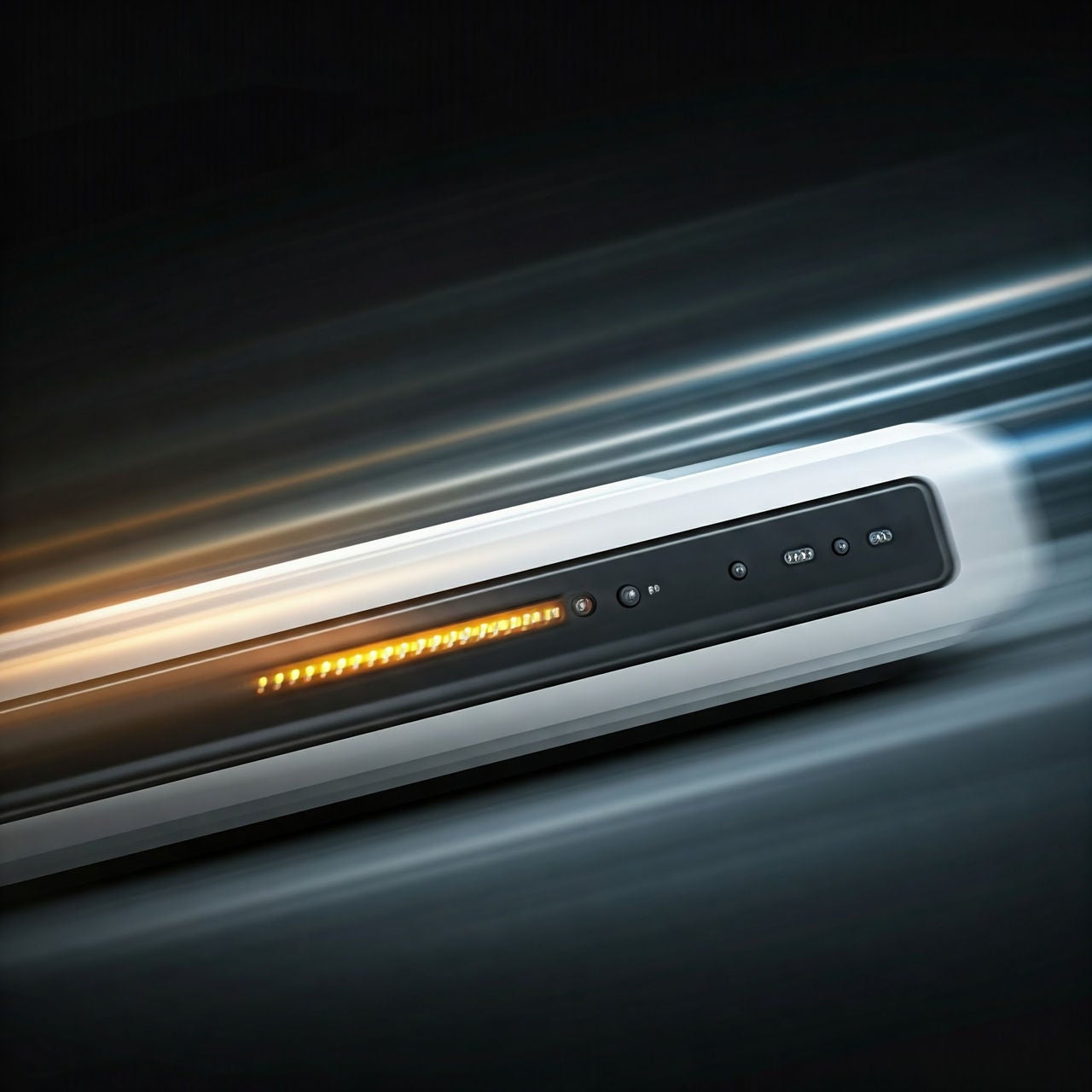
What NBN Speed Do I Need?
19 December 2024
Many people are confused when it comes to choosing the right internet speed for their home. It’s worth taking the time to think about how you use the internet, how many devices you have connected and what NBN plans are available at your address to choose the right internet speed plan for your home.
See what amaysim NBN plans are available in your area.
Quick reminder: What is the NBN?
nbn® is the National Broadband Network (NBN). It’s Australia’s government led and owned internet network that replaced the previous outdated ADSL network across the late 2010s.
The NBN looks very different across Australia. The idea of the NBN was to bring reliable internet to all Australians. As you can imagine for a country as vast and varied as ours, that means there’s no one-size-fits-all approach.
The network operates via a mix of technologies, including copper wire, fibre cabling and even satellites. For a more detailed overview of the NBN and the different technologies, please jump across to this informative article titled ‘What is NBN’, then head back here for a specific dive into NBN speeds.
NBN Speed tech terms: a primer
Here’s a quick table of terms that are relevant when talking about internet speeds:
Bandwidth | A network’s capacity for transmitting data |
Broadband | Word to describe your high speed internet connection |
FTTB | Fibre to the Building |
FTTC | Fibre to the Curb |
FTTN | Fibre to the Node |
HFC | Hybrid Fibre Coaxial |
FTTP | Fibre to the Premises |
Latency | The time taken for data to move from its source (eg: streaming platform) to its destination (eg: your device). |
Mbps | Megabits per second. This is a measure of internet speed. The higher the number, the more speed. |
NBN | National Broadband Network, Australia’s system of hardware that delivers the internet to homes and businesses. |
The government business entity that built, runs and maintains the NBN. Think ‘NBN Company’. |
What NBN speeds are available with amaysim?
Below are speed tier plans that amaysim offer, full key facts sheet lists this information:
| Plan name | Quick As | Speedy As | Fast As | Super Fast As |
|---|---|---|---|---|
| nbn speed tier | nbn 25/10 | nbn 50/20 | nbn 100/20 | nbn 250/25 |
| Typical busy period speed (7pm-11pm) | 1-2 | 2-3 | 3-5 | 5+ |
| Simultaneous users | ✔ | ✔ | ✔ | ✔ |
| Email and web browsing | ✔ | ✔ | ✔ | ✔ |
| Online gaming | ✔ | ✔ | ✔ | ✔ |
| HD video streaming | ✔ | ✔ | ✔ | ✔ UHD/4K streaming |
Speed & Video Quality: Many factors affect speed and video quality such as internet traffic, your line condition, your hardware and software, the data source or destination, your location and the number of simultaneous video streams or other downloads you have running over your connection.
Why can’t I get certain speed tiers?
There are a number of reasons why different homes have different available maximum National Broadband internet speeds, but the main reason is the technology that the home is connected to for it to access the NBN.
Why do some NBN speed plans have two numbers?
You often will see a plan written with two numbers separated by a slash. Perhaps 100/20 or 250/25. The first number refers to download speeds, and the second figure refers to upload speeds.
Speed tiers commonly use the maximum typical evening speeds to show the typical speeds expected during busy periods.
Different technologies
- FTTP allows for the fastest speeds due to having the higher bandwidth capacity fibre optic cable all the way from an NBN node to your home.
- FTTB is a technology they use to commercial buildings or apartment blocks and offers fast speeds but the maximum speed could be shared amongst the number of connections within the building.
- HFC uses existing pay tv coaxial cabling to deliver the connection. This offers speed comparable to FTTP although is limited in the top tier speeds compared to FTTP.
- FTTC uses a combination of fibre optic cabling to an exchange and then the existing phone line copper wiring to the point of connection. Speed here can be affected by the old copper telephone wire used to deliver internet to your home from the exchange.
- FTTN uses existing copper telephone wire (used for the old landline telephone network), due to these cables being repurposed to bring NBN to the home they often have slower speed due to the older technology.
- Wireless and satellite NBN coverage areas are prone to issues of interference by trees or buildings as well as simply varying conditions on the day (this option is not available with amaysim NBN).
Why can’t I get the maximum speed all the time?
Demand outside the home. When everyone is on the internet at the same time, speeds can slow down. Network congestion is most common in the evenings when many people are home and relax by gaming or streaming. Often referred to as ‘evening speed’, you can think of this as essentially peak hour for the internet.
Demand in the home. In mid-2023, it was calculated that the average Australian home had 21 connected devices.1 If all of those are actively streaming or downloading at the same time, your speed will be negatively affected. If possible, plan higher bandwidth activities, like big downloads, at a time when there are fewer other internet demands happening.
Your home set-up. The NBN brings internet to your home, but is affected by the equipment you have, including your modem/router, as well as your WiFi set-up. Try to place your modem/router away from walls, metal, plants and devices, ideally off the ground. Check that all cables are in good condition.
Weather. Just like many aspects of life, your NBN speed can be affected by extreme heat or rain impacting the NBN base-station or hub.
Website demand issues. If a specific website is struggling with their speed or server capacity at the time you’re using it, your speed will be slow regardless of your technology or plan. This is an issue at the website end and isn’t something you can control.
How can I test my internet speed?
A good step in the process of deciding your ideal speed is to see how your internet is functioning at the moment. Jump onto a speed testing website - such as this one - and hit ‘go’.
Not connected yet? Check out amaysim’s NBN plans.
How do I choose the speed I need?
Deciding on a speed plan essentially comes down to three factors:
- Your household’s internet use
- The max speed your home can get
- How much you are willing to pay
To check what sort of NBN connection you have, visit the amaysim nbn plan page or the nbn® dedicated webpage.
Regardless of which type of NBN hardware you have, consider other factors listed in this article to see if your speed might be impacted by factors outside your control. Consider whether you can make any improvements to your modem and router setup to boost your speed without paying for a higher plan.
Next, do an honest appraisal of how many people are online at any one time and consider what sort of internet use is happening. Doing emails requires minimal bandwidth compared with streaming. Do you stream in high definition, or are you watching 4K quality? Are gamers playing relatively simple games, or are there serious gamers for whom any lag or buffering is devastating?
Then browse NBN plans such as amaysim’s offering to consider what is ideal for you. There’s no benefit to having unused capacity, so don’t feel you need to buy bigger than you need. However, increasing your plan might be key to avoiding frustrating slowness and down-time. There’s no lock in contracts with amaysim so you can always go up a speed tier if available.


